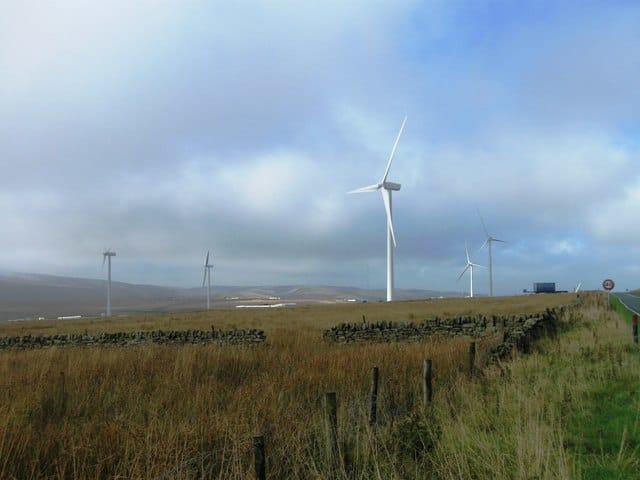UK Paying Wind Farms Millions to Switch Off: The Hidden Cost of Green Energy
The UK government paid renewable energy firms a staggering £1.3 billion in 2023 to stop generating electricity – a practice known as "constraint payments" that has sparked intense debate about the efficiency and cost of Britain's green energy transition.
The Billion-Pound Switch-Off
When wind turbines spin to a halt on particularly breezy days, it's not always due to mechanical failure or maintenance. Increasingly, it's because the National Grid is paying wind farms to stop producing power. These constraint payments, designed as a temporary solution to manage grid capacity, have ballooned into a multi-billion-pound annual expense that's ultimately passed on to consumers through their energy bills.
The payments occur when renewable energy generation exceeds what the electricity grid can handle or transport, particularly in Scotland where wind farms produce more power than local transmission lines can carry south to population centres. Rather than risk overloading the system, grid operators pay generators to reduce output – effectively purchasing electricity that's never delivered.
Why Are We Paying for Power We Don't Get?
The root of this expensive paradox lies in Britain's aging electricity infrastructure. The transmission network, designed decades ago for large, centrally-located power stations, struggles to cope with the distributed nature of renewable energy generation. Scotland's wind-rich highlands can produce vast amounts of clean electricity, but getting that power to England's cities requires significant grid upgrades that are years away from completion.
Grid Congestion Hotspots
- Scotland to England transmission bottlenecks
- Offshore wind farm connection delays
- Regional distribution network limitations
- Peak generation periods exceeding transmission capacity
When constraint payments were introduced, they were intended as a short-term measure while grid infrastructure caught up with renewable capacity. However, the payments have not only persisted but grown exponentially. In 2010, constraint payments totaled just £15 million. By 2023, this figure had increased nearly 90-fold.
The Financial Impact on Households
These constraint payments don't disappear into thin air – they're ultimately funded through consumer energy bills via various levies and charges. With the average household already grappling with high energy costs, this hidden expense adds approximately £30-40 to annual bills, according to industry estimates.
The situation becomes particularly acute during periods of high wind generation. On exceptionally windy days, constraint payments can exceed £10 million in a single 24-hour period. Scottish wind farms, which receive some of the highest constraint payments due to transmission limitations, have reported earning more from being switched off than from actually generating electricity on certain days.
Industry Response and Government Action
Energy companies argue that constraint payments are a necessary evil in the transition to renewable energy, providing financial certainty that enables continued investment in wind and solar projects. Without these payments, they claim, the risk of forced shutdowns would make renewable projects unviable.
However, critics argue that the system creates perverse incentives, encouraging the construction of wind farms in locations where grid connections are inadequate. Some suggest that planning permissions should be tied more closely to grid capacity, while others advocate for accelerated transmission network upgrades.
The government has acknowledged the problem, with plans to invest £54 billion in grid infrastructure upgrades over the next decade. These improvements should significantly reduce constraint payments by 2030, but until then, the expensive switch-offs will continue.
Looking Ahead: Solutions on the Horizon
Several initiatives aim to reduce reliance on constraint payments:
- Accelerated grid upgrades: Major transmission line projects connecting Scotland to England
- Battery storage expansion: Large-scale storage facilities to capture excess generation
- Demand flexibility: Smart systems that increase electricity usage during high generation periods
- Green hydrogen production: Using excess renewable energy to produce hydrogen fuel
The Bottom Line
While constraint payments represent a significant short-term cost, they're part of the growing pains of transitioning to a renewable energy system. The challenge lies in upgrading Britain's electricity infrastructure quickly enough to match the rapid deployment of wind and solar capacity.
For consumers, understanding these hidden costs is crucial as energy bills continue to reflect not just the electricity used, but also the complex logistics of managing an increasingly green but fragmented energy system. The £1.3 billion spent switching off renewable generation in 2023 serves as an expensive reminder that building a sustainable energy future requires more than just wind turbines and solar panels – it demands a complete reimagining of how we generate, store, and distribute electricity across the nation.
